Cassidy Ruge, age 13
Description
Resplendent Quetzals are one of the world’s most gorgeous birds. I have never seen one myself, but I’ve heard of how beautiful they are. Males have a red breast, green body, bluish back and very long, green tail streamers. They also have a yellow beak, which is fairly small (the females have black beaks). Males are 39 inches in length, including their plumes or streamers. Females have much shorter plumes (just extending right below the tail) and are drabber in color. The “song” is like “a whimpering pup” or as kyow or vi-viu, which is sometimes repeated monotonously. They have other unmusical calls too.
Range and Habitat
“Resplendents”, as I call them, are found from southern Mexico to western Panama. There is also a subspecies found in Costa Rica, P.m. costaricensis. The population in southern Mexico (Pharomachrus mocinno) is found only in Chiapas in remote montane cloud forests called “bosques de niebla”. The “bosques de niebla” are dense and wet and have mixed trees including pines. One of the quetzal’s favorite trees is the tepeaguacate tree, which has small avocados that the quetzals like to eat (see diet).
Diet
Resplendent Quetzals eat mainly fruit; their favorites are the wild avocados from the tepeaguacate trees. They also like fruit from the trees of the Laurel family. The birds swallow the fruit whole and then regurgitate the pits, which helps to increase the population of these trees.
Resplendent Quetzals are weak fliers and they have some predators. These include the Ornate Hawk-Eagle, owls, and Kinkajou, which hunt the birds themselves. Emerald Toucanets, (yes, little toucans) and squirrels, eat the eggs of the quetzals when the nest is left unguarded.
Breeding
Resplendents usually start calling and looking for mates in February. They start nesting a little bit after they call and mate. The female chooses a suitable tree for nesting (mostly rotting tree stumps) and then the pair pecks out a good-sized hole for the nest. Then the female lays 2 pale blue eggs and starts incubating them. The male and female share incubating: the male sits on them in the daytime while the female incubates at night. The incubation period lasts 18 days while the pair keep switching off incubating. When the male is sitting on the eggs, his long tail hangs out of the nest-hole so that from a distance it looks like a green fern is growing out of the hole! When 18 days are up, two little quetzal babies pop their heads out of their shells and say “give me some grub, mom”! Both parents take care of the little youngsters and feed them their grub, which includes fruit, berries, insects, and some frogs and lizards (big grub). Here is when it gets interesting. Near the end of the rearing period the female gets sooooo fed up with her little furballs that she says “vaya con dios you little scraps”, and leaves the dad to finish rearing the young until they are ready to fend for themselves!
Myth and Legend
Resplendent Quetzals play a big role in Mayan and Aztec legend and myth. The Mayans and Aztecs viewed the quetzal as the “god of the air” and as a symbol of goodness and light. Mesoamerican rulers wore headdresses made from quetzal feathers that symbolically connected them to Quetzalcoatl. Quetzalcoatl was the god of wind and the creator god. It was a crime to kill a quetzal so people simply captured and plucked its tail streamers and then released the bird. The tail feathers supposedly grew back in time. Ohh, I forgot. Mesoamerica was a region of Central America and South America that was inhabited by the Mayans and several other pre-Columbian civilizations.
The Resplendent Quetzal is Guatemala’s national bird and the quetzal is on their flag and coat of arms. The bird is also on the paper money and of great relevance in the country. It is mentioned in the widely popular legend of Tecún Umán, a prince/warrior of the Quiche Maya. The legend is that when the conquistador, Pedro de Alvarado, fought against Tecún Umán, there was a quetzal flying above the fight. Pedro de Alvarado managed to disable Tecún Umán’s horse and then killed him. Then, the quetzal flew down to Tecún’s chest and dipped its chest in the warrior’s blood. It was there that the quetzal acquired its gorgeous red chest feathers.
Conservation
Resplendent Quetzals are as Wikipedia states “near threatened”. They are not on the Endangered Species List but they might be on it in the near future. The population in Guatemala and southern Mexico is most threatened due to loss of habitat and hunting for their feathers. Costa Rica’s population of quetzals is in better shape because Costa Rica is setting aside some forest for quetzals and other wildlife.
I wrote this article so I could learn more about quetzals and help the species. I traveled through the quetzal’s forest in southern Chiapas and never saw one but I’m glad I at least know a little bit about them.
References:
1. Resplendent Quetzal, by Wikipedia, the free encyclopedia
2. El Quetzal, by Miguel Limón Rojas, Edmundo Salas Garza
3 A Guide to the Birds of Mexico and Northern Central America, by Steve N. G. Howell and Sophie Webb
4. The Resplendent Quetzal, by TED Case Studies
The view west from the homestead
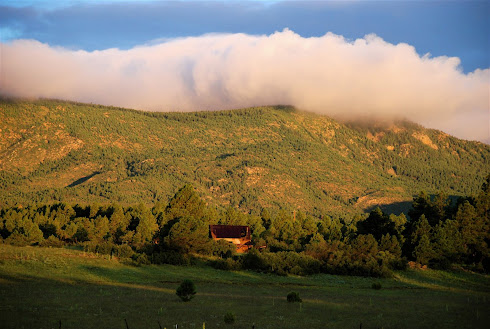
Sweet Chance

Saturday, April 19, 2008
Subscribe to:
Post Comments (Atom)
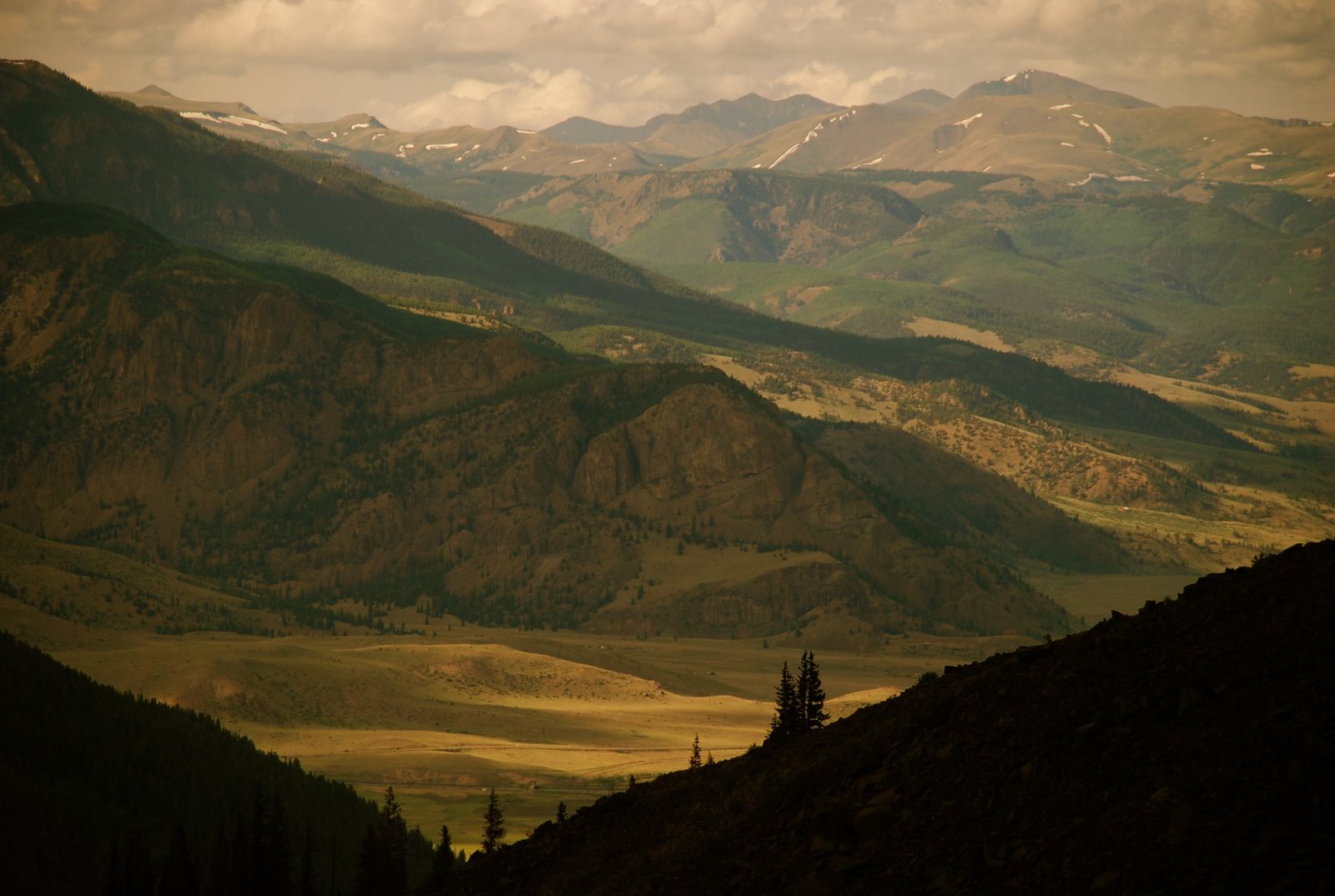




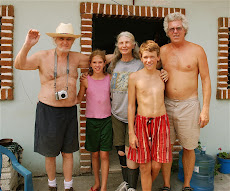

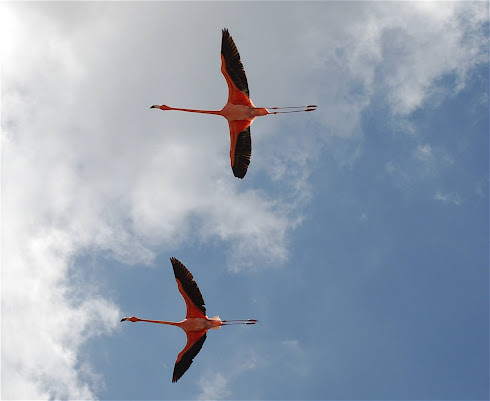
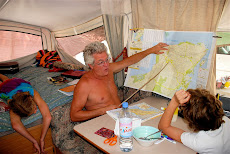


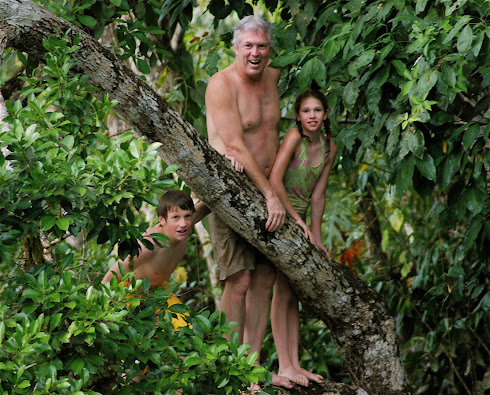




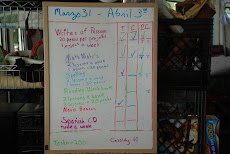



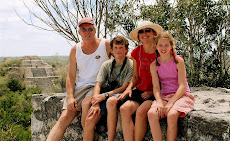

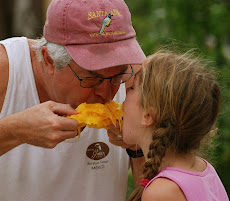

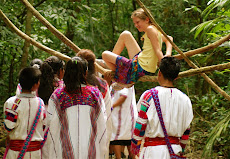




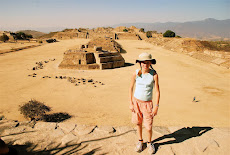



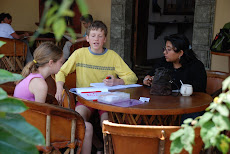
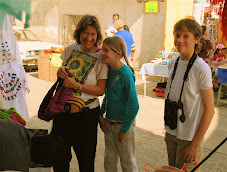







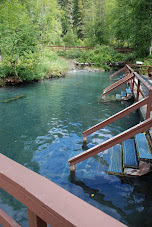

No comments:
Post a Comment